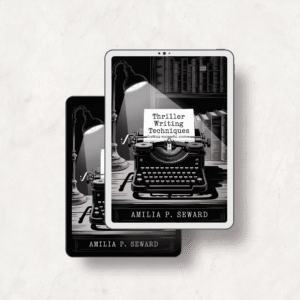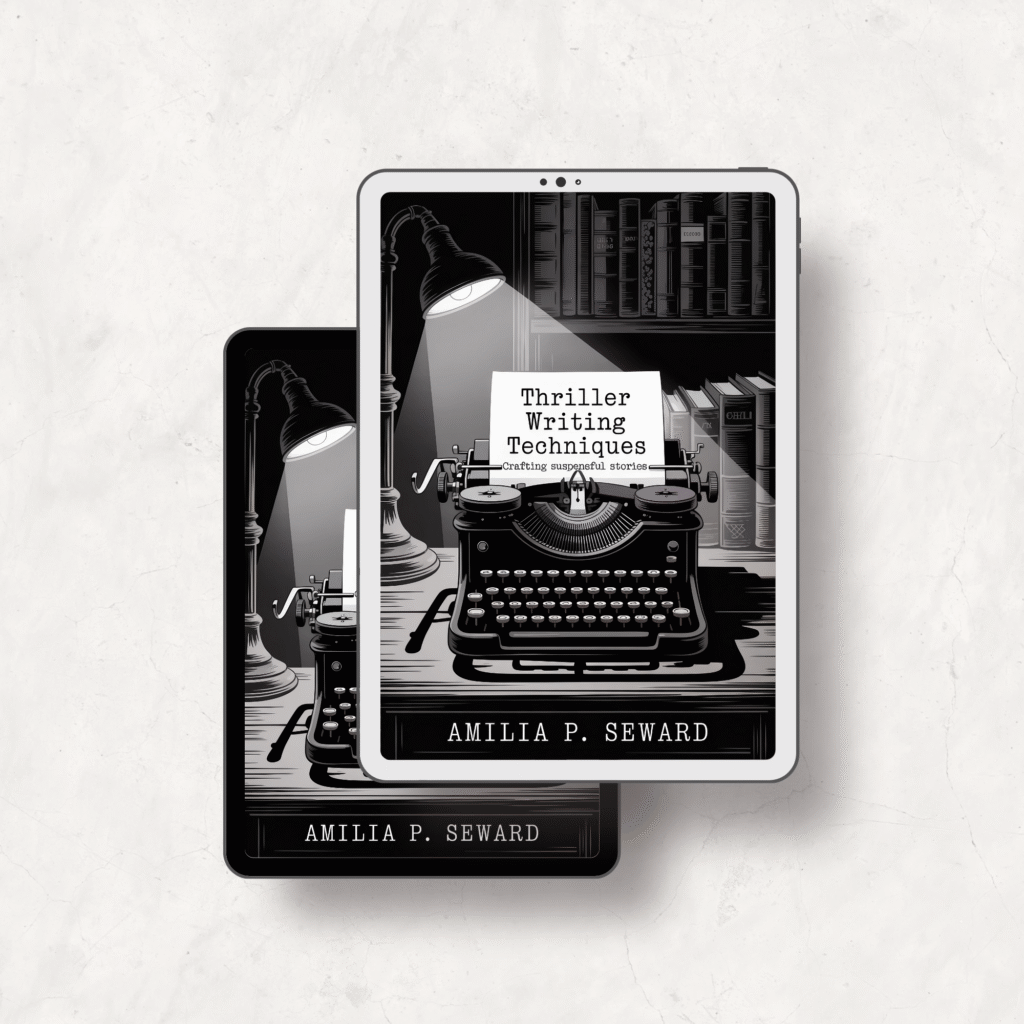Thriller Writing Techniques: Complete Guide to Crafting Suspenseful Stories That Captivate Readers

Master thriller writing techniques and transform your suspense storytelling with this comprehensive guide to crafting edge-of-your-seat narratives. Whether you’re struggling with pacing, character development, or creating believable plot twists, this essential writing guide addresses every challenge aspiring thriller writers face. Unlike generic writing advice, “Thriller Writing Techniques: Crafting Suspenseful Stories” delivers proven strategies used by bestselling authors to maintain relentless tension from first page to last. This practical ebook teaches you to weave atmospheric settings, multidimensional characters, and shocking yet inevitable twists into cohesive narratives that keep readers turning pages.
Perfect for both beginning writers and experienced authors looking to sharpen their suspense writing skills, this guide breaks down complex storytelling elements into actionable techniques you can implement immediately. From villain creation strategies to dialogue that enhances tension, every chapter provides concrete tools to elevate your thriller writing craft and create stories that haunt readers long after the final page.
What You’ll Discover
- Master Narrative Pacing: Learn to control story tempo and maintain relentless momentum while balancing tension-filled sequences with strategic respites that sustain reader engagement
- Develop Compelling Characters: Discover how to create multidimensional protagonists and villains whose internal conflicts, desires, and flaws drive tension and emotional investment throughout your thriller
- Craft Atmospheric Settings: Transform locations from mere backdrops into active forces that amplify psychological tension, using vivid sensory details to immerse readers in unsettling environments
- Engineer Shocking Plot Twists: Master the art of surprising readers with twists that feel both unexpected and inevitable, enhancing suspense without sacrificing story credibility or momentum
- Create Unforgettable Villains: Build antagonists with depth, believable motivations, and moral complexity who linger in readers’ minds and drive personal, charged confrontations
- Write Tension-Building Dialogue: Develop conversational skills that use subtext, silence, and strategic interruptions to communicate hidden threats and escalate emotional stakes naturally
Why This Book Matters
Successful thriller writing requires mastering a delicate balance of narrative elements that work in perfect harmony. This comprehensive guide transforms intimidating storytelling mechanics into practical, actionable techniques you can apply immediately to your manuscripts. By focusing on proven strategies rather than theoretical concepts, you’ll develop the skills to create layered narratives where every scene propels readers forward and deepens their emotional investment.
The book’s analytical approach ensures you understand not just how to implement each technique, but why it works to sustain suspense. From structuring narratives that avoid sagging middle sections to crafting sensory-rich environments that trigger primal fears, you’ll gain the tools to write thrillers that captivate and haunt your audience long after they finish reading.
Key Features
This comprehensive ebook spans multiple chapters covering character development, narrative pacing, plot construction, atmospheric world-building, and advanced thriller techniques. Available as an instant digital download, you’ll receive immediate access to practical exercises, real-world examples, and step-by-step frameworks for implementing each technique. The format allows for easy reading on any device, with printable exercises for hands-on practice. Also available as audiobook on Google Play Books and Spotify for convenient listening during commutes or workouts.
Frequently Asked Questions
How does this thriller writing guide help build suspense from the first sentence?
The book unpacks fundamental principles that underpin gripping suspense narratives, teaching you to layer sensory details, control information flow, and use settings as dynamic characters. You’ll learn to balance known and unknown elements while creating organic atmosphere where suspense feels natural rather than forced.
What makes the pacing techniques in this book different from generic writing advice?
Rather than abstract concepts, this guide presents pacing as a tangible toolkit with concrete strategies for varying scene length, sentence structure, and timing reveals. You’ll practice structuring scenes in waves while learning to recognize and fix pacing pitfalls in your own manuscripts.
Can beginners implement these thriller writing techniques immediately?
Absolutely. The book breaks down complex storytelling elements into actionable steps with practical exercises and real-world examples. Each technique includes step-by-step implementation guidance, making advanced thriller writing skills accessible to writers at any level.
Get Your Copy Today
Transform your suspense writing with this comprehensive guide to thriller writing techniques. Available for instant download at just $6.99, this ebook provides exceptional value compared to expensive writing courses or workshops. Also available as audiobook on Google Play Books and Spotify for convenient learning during commutes or workouts. Purchase your copy through all major ebook retailers including Apple Books, Barnes & Noble, and Kobo to begin crafting captivating, edge-of-your-seat thrillers today.
Watch the Video Review

